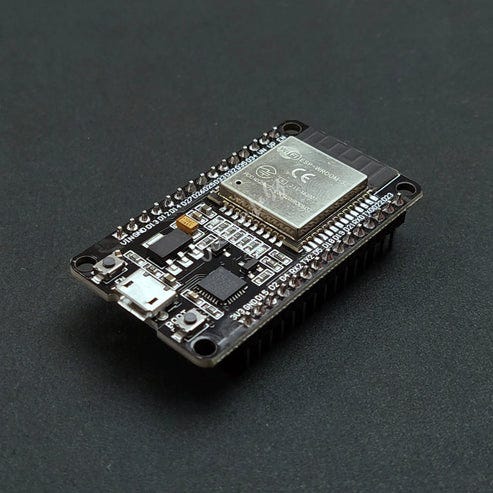Introduction
The ESP32 is a powerful, low-cost microcontroller that can be used for educational wireless security research. This guide walks you through the process of setting up and using the ESP32-WROOM with the Wi-Fi Penetration Tool to perform various Wi-Fi attacks — such as WPA/WPA2 handshake capture, deauthentication, and more.
Prerequisites
- ESP32-WROOM device
- Type-C or MicroUSB (Type-D/A) cable for connection
- Windows PC (for running scripts and tools)
- GitHub repo: ESP32 Wi-Fi Penetration Tool
- ESP32Window tool (esptool): Download here
Directory Structure
Below is the key directory tree (all files are stored in same folder) for flashing and running scripts:
bootloader.bin
esp32-wifi-penetration-tool.bin
espefuse.exe
espsecure.exe
esptool.exe
esp_rfc2217_server.exe
LICENSE
partition-table.bin
README.mdStep 1: Flashing the ESP32
- Download all necessary binaries from the
build/folder of the GitHub repo. - Connect the ESP32-WROOM to your computer using a MicroUSB cable.
- Open
cmdon Windows and navigate to the directory containing your binaries and tools. - Run the following flashing command:
esptool.exe --port COM3 -b 115200 --after hard-reset write-flash --flash-mode dio --flash-freq 40m --flash-size detect 0x8000 partition-table.bin 0x1000 bootloader.bin 0x10000 esp32-wifi-penetration-tool.bin# Change COM3 to match your PC's available port (check using typing mode on cmd,if not shown install CP201x Windows Drivers).
- Wait for the flashing process to complete, then reconnect your ESP32 to the PC.
Step 2: Management AP Setup
- Connect to Wi-Fi:
By default:
SSID:
ManagementAPPassword:mgmtadmin - Open Browser:
Visit
192.168.4.1to access the ESP32 web client for tool configuration.
Step 3: Attack Selection & Execution
- Within the web client, select:
attack_type_handshake deauth_rogue_APSet timeout to60secClick Start - Wi-Fi will disconnect.
- Reconnect to
ManagementAP - Download handshake files:
- Download
.hccapxfile to crack with Hashcat Or download.capfile for aircrack-ng
Step 4: Offline Cracking
- To crack the handshake:
- Hashcat:
Use the
.hccapxfile in Hashcat.
hashcat -a 0 -m 22000 <.cap file here> <wordlist here>- Aircrack-ng:
aircrack-ng <.cap file here> -w <wordlist here> -e <name of AP>- Replace
<.cap file here>,<wordlist here>, and<name of AP>as needed.
Useful Links
- Project GitHub: risinek/esp32-wifi-penetration-tool
- ESPTool Releases: esptool
- Video Demo & Support: YouTube Setup Guide
Credits
- Tool & script: risinek
- Additional support: linuxdroid
- For advanced usage and educational research only! Ensure you have network owner's permission before running penetration tests!
